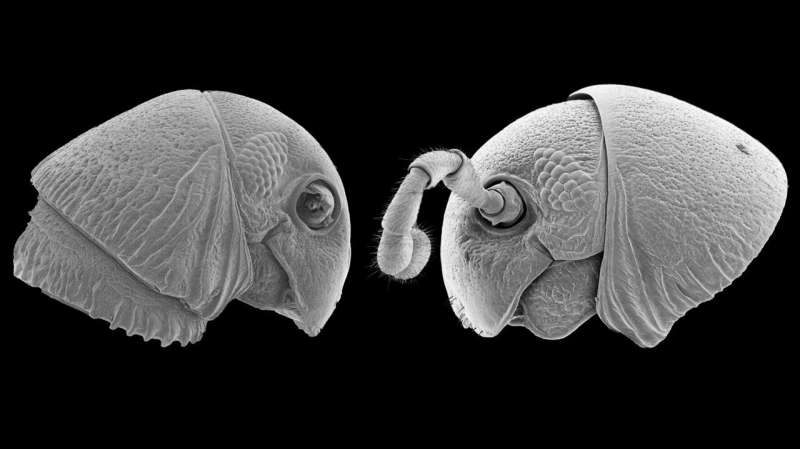University of the Sunshine Coast (UniSC) researchers, led by Professor Andy Marshall, have made a significant discovery in the remote African jungles—identifying a new genus and five new species of millipedes. The findings, published in the European Journal of Taxonomy, have potential implications for understanding the impact of woody vines on the world’s forests.
Research Context
The research was conducted in the Udzungwa Mountains of Tanzania, where the team, including international collaborators, explored tree and vine growth. The millipedes, characterized by heads resembling Star Wars characters, were found amidst forest litter and loose soil.
Importance of Millipedes in Forest Recovery
Professor Marshall emphasized the role of millipedes as indicators of forest health. The discovery is expected to contribute to two conflicting theories regarding the role of vines in forest recovery—whether they act as protective bandages or as “parasitoids” choking the forest.
Forest Restoration and Climate Change Experiment
The discovery was part of the Forest Restoration and Climate Change Experiment, a project led by UniSC researchers Marshall and Ph.D. student Alain Ngute. The ongoing global research collaboration aims to understand the impact of climate change and warmer temperatures on forest ecosystems.
Significance of Millipedes in Climate Research
Recent findings from the research collaboration suggest that rising temperatures are a key factor in the proliferation of woody vines in forests already disturbed by logging and other human activities.
Multiple-Choice Questions (MCQs):
- Where did the researchers discover the new genus and species of millipedes?
a) Amazon Rainforest
b) Udzungwa Mountains, Tanzania
c) Australian Outback
d) European Alps
Answer: b) Udzungwa Mountains, Tanzania - What is the primary focus of the Forest Restoration and Climate Change Experiment?
a) Marine Biology
b) Desert Ecosystems
c) Studying millipedes
d) Understanding climate change impact on forests
Answer: d) Understanding climate change impact on forests - What is the potential role of vines in forest recovery discussed by Professor Marshall?
a) Acting as bandages
b) Serving as parasitoids
c) Both a and b
d) None of the above
Answer: c) Both a and b - How many legs do the largest African millipedes typically have?
a) 50
b) 100
c) 150
d) 200
Answer: d) 200 - Where are the millipede specimens currently housed?
a) UniSC Forests Research Institute
b) Tanzania’s Natural History Museum
c) Denmark’s Natural History Museum at the University of Copenhagen
d) Magombera Nature Reserve
Answer: c) Denmark’s Natural History Museum at the University of Copenhagen
